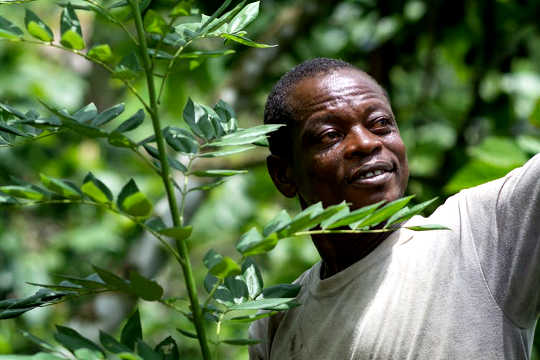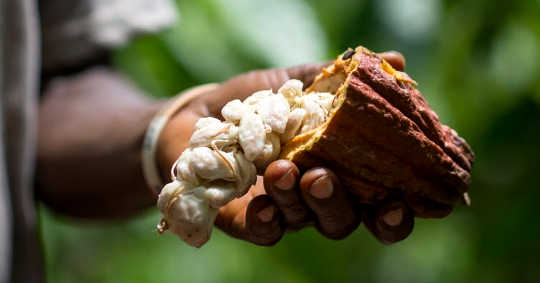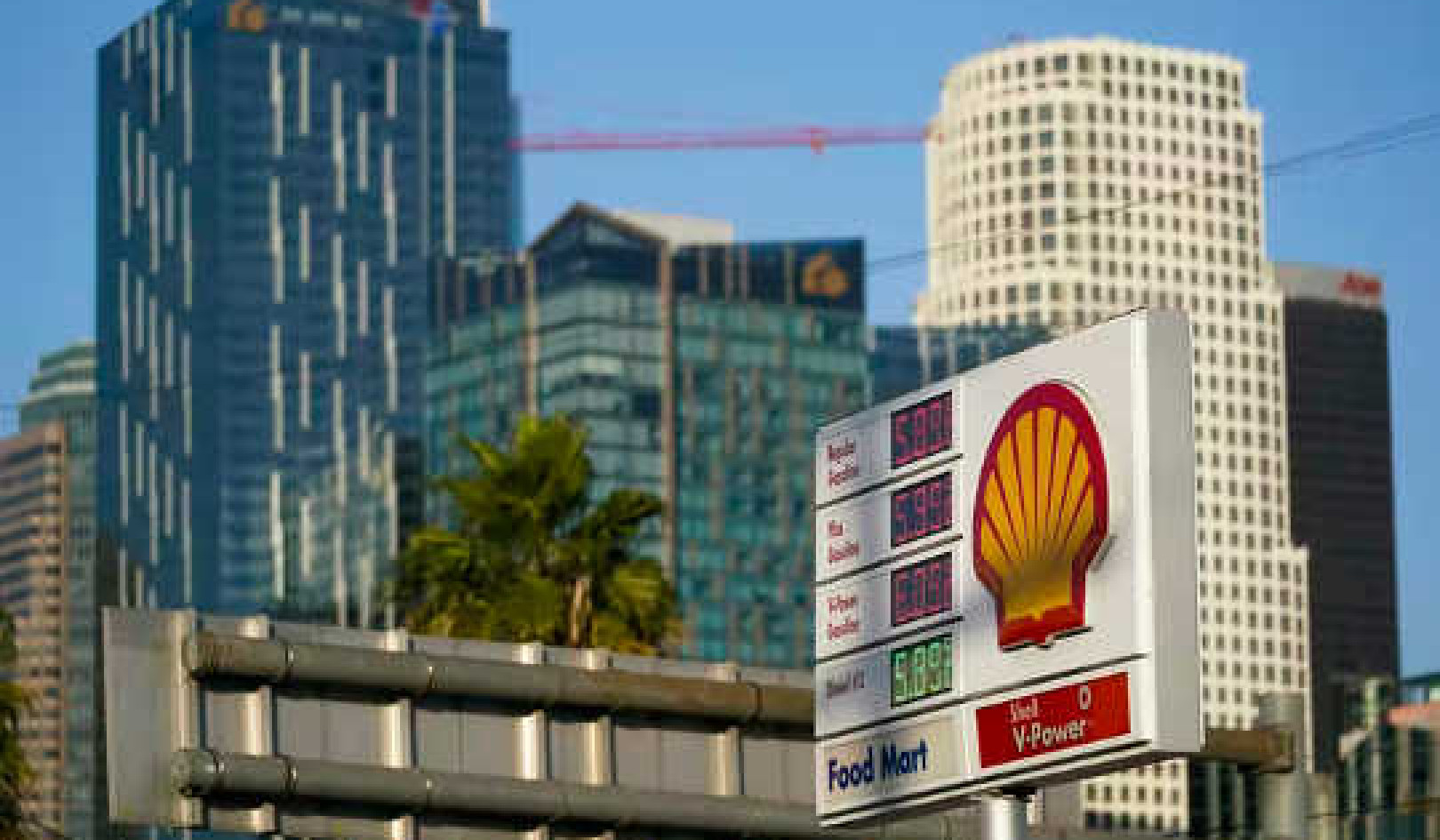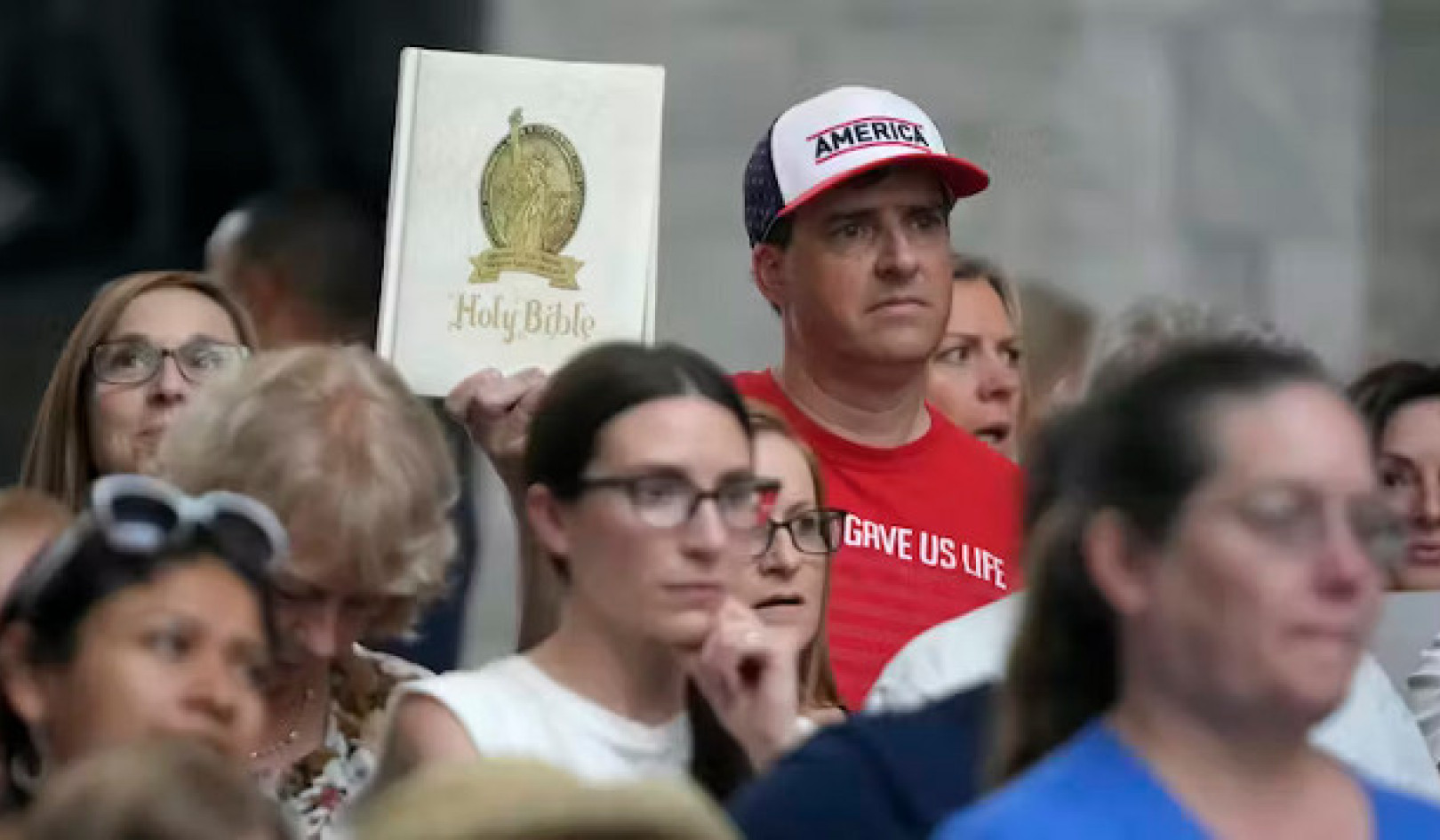
A cocoa farmer among the trees he nurtures to shade his cocoa farm. Victoria Maguire-Rajpaul, Author provided
Chocolate lovers probably don’t want any new reasons to feel guilty about eating chocolate. But there is growing public awareness of the impact of cocoa on tropical forests, particularly in West Africa, where two-thirds of the world’s cocoa is produced.
Recently, at the Climate Change conference in Bonn (COP23), the government of Ghana and the major cocoa and chocolate companies operating in the country launched a Joint Framework for Action that aims to end deforestation and promote forest protection and restoration in the cocoa supply chain in Ghana, with a strong commitment to also supporting farmers’ livelihoods and rights.
Contrary to recent claims, awareness of the links between deforestation and cocoa production isn’t new. The announcement at COP23 builds on many years of work, dating back to 2009, involving a range of different governmental and non-governmental organisations collaborating on developing the idea of climate-smart cocoa. The collaborators include the NGO Nature Conservation Research Centre, the Climate Change Unit of the Ghana Forestry Commission, the Ghana Cocoa Board, research organisations including the Forest Research Institute of Ghana and the private sector.
Having made an ambitious and bold statement of intent, the challenge now facing Ghana and the cocoa companies is how to deliver on the goal of protecting forests while simultaneously supporting sustainable livelihoods.
Along with colleagues, we have been working on an Ecosystem Services for Poverty Alleviation (ESPA) research project examining the cocoa forest landscape in Ghana’s Central Region. Some of our findings offer insights into the challenges in delivering the Joint Framework for Action.

The origin of your chocolate bar. Victoria Maguire-Rajpaul, Author provided
A question of trees
Critical among these is the finding that addressing the incentives that farmers have to retain trees on their farms will be an essential part of successfully delivering on the cocoa sector’s commitment on forests. Recent reports on cocoa and deforestation have provided simplified portrayals of cocoa farmers, stating that many remove ancient trees from forests to make way for full-sun cocoa farms. This is problematic and misleading for two main reasons.
First, it does not account for the variety of approaches to farming cocoa. Farmers in our study area, where cocoa has been grown for decades, retain trees on their farms in line with government recommendations (between 16 and 18 mature shade trees per hectare).
But the government can grant timber concessions to timber companies to fell trees on farms. We found, as have several other studies, that farmers do not have sufficient power to prevent companies from felling the trees they have nurtured on their farms to shade cocoa.
Indeed, farmers currently have minimal rights to the trees on their farms, and therefore have minimal incentives and limited power to retain them even if they want to. Blaming cocoa farmers for deforestation confuses the direct and underlying causes of deforestation. We must address the issues around tree tenure in a way that empowers farmers to nurture trees should they choose to, and to benefit from doing so. This is critical to the successful delivery of the cocoa sector’s commitment on forests.
Don’t blame the farmers
This also perpetuates a tendency, particularly among the Western media, to blame poor farmers in poor countries for environmental degradation. It tends to marginalise the role of consumption, and the power imbalances among different actors in the market. This results in the more powerful actors maintaining control of the agenda, which is often to the detriment of the poorest in society.
Our research found that while higher household cocoa income was associated with better school attendance and food security, other important components of poverty – such as access to clean drinking water or healthcare services – were not influenced by cash income. Furthermore, the poorest people in cocoa communities are those with little or no land. This is more common among women and young people. It is important, therefore, that investments in the sector do not focus exclusively on increasing yields, but also target communal infrastructure that benefits people living in rural areas without access to land.
The Joint Framework for Action commendably contains reference to ensuring that women and young people are not excluded from efforts to engage and empower communities. But one of the critical questions that will dictate whether the framework is a success or not is how this works in practice. In particular, it remains to be seen how the companies and states balance this objective with their interests in increasing supply and profitability.
As the issue of cocoa and deforestation fades from the news cycle it will be important to hold the sector and governments to account for the actions this agreement triggers. Doing so, however, requires unwrapping the complexity of the challenge. Otherwise, consumers’ concerns risk perpetuating colonial stereotypes about small-scale farmers degrading the environment and lead to strategies with the wrong targets in their sights.
About the Authors
Mark Hirons, Environmental Social Science Research Fellow, University of Oxford; Constance McDermott, Senior Fellow in Forest Governance and Leader of Ecosystems Governance Group, University of Oxford, and Victoria Maguire-Rajpaul, PhD Candidate in Geography and the Environment, University of Oxford
Book by Constance McDermott:
at InnerSelf Market and Amazon























